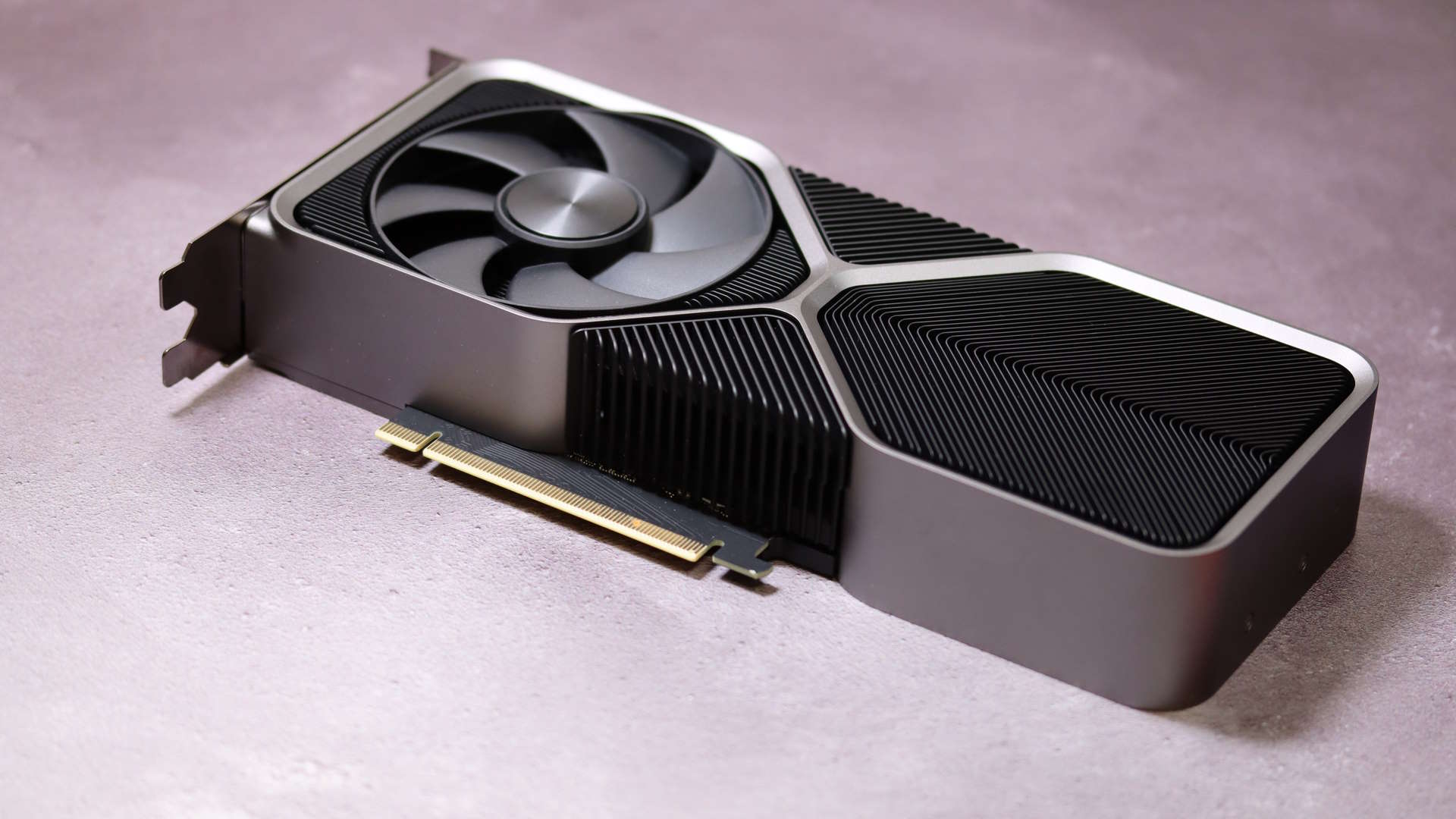NVidia 30-Series announced
- Thread starter Dave
- Start date

Nvidia has reportedly killed production of all RTX 40 GPUs apart from the 4050 and 4060 as affordable 50-series GPUs could arrive earlier than expected
RTX 50 is imminent, that's the implication...
--Patrick
Reviews of the US$299 (MSRP) RTX 5060 are out.
Native (i.e., DLSS disabled) performance of the PCIe 5.0 x8* RTX 5060 8GB puts it roughly between that of the RTX 3060 Ti and RTX 3070, which are cards that relased around Thanksgiving of 2020. DLSS (upscaling/AI frame generation) performance has higher FPS, though at the cost of quality/input lag. This makes it a possible upgrade if you're still rocking a 1000-series card solely because the 5060 supports newer technologies and drivers, otherwise it's a hard pass. Also there is grumbling about how NVIDIA is treating their review partners, so don't be surprised at articles and posters who say things like "NVIDIA doesn't care about gamers any more." And it's not that much of a surprise, when you look at their latest financials:

Data center (i.e., A.I.) revenue took off in April of 2024 and never looked back. NVIDIA could completely shut down their entire "gaming" division and still easily afford his & hers gold-plated yachts. Maybe they should change their name to "NVIDAI."
--Patrick
*Most graphics cards like to be x16 PCIe lanes to give them wider bandwidth to the rest of the system, which is especially important when your VRAM bandwidth is only 128 bits wide (as opposed to the 192-bit or 256-bit bus width of other, higher end cards like the 5070 and 5070Ti, respectively). Having half the lanes not only cuts bandwidth in half overall, it will especially lower performance to a quarter when plugged into motherboards that max out at PCIe v4.0 (Ryzen 3000/Intel 11th gen or newer up to PCIe 5's release) or one-eighth in older PCIe v3.0 motherboards (Ryzen 2000/Intel 10th gen or earlier). And let's not get started on the challenges of properly supporting full PCIe 5 speeds.
Native (i.e., DLSS disabled) performance of the PCIe 5.0 x8* RTX 5060 8GB puts it roughly between that of the RTX 3060 Ti and RTX 3070, which are cards that relased around Thanksgiving of 2020. DLSS (upscaling/AI frame generation) performance has higher FPS, though at the cost of quality/input lag. This makes it a possible upgrade if you're still rocking a 1000-series card solely because the 5060 supports newer technologies and drivers, otherwise it's a hard pass. Also there is grumbling about how NVIDIA is treating their review partners, so don't be surprised at articles and posters who say things like "NVIDIA doesn't care about gamers any more." And it's not that much of a surprise, when you look at their latest financials:

Data center (i.e., A.I.) revenue took off in April of 2024 and never looked back. NVIDIA could completely shut down their entire "gaming" division and still easily afford his & hers gold-plated yachts. Maybe they should change their name to "NVIDAI."
--Patrick
*Most graphics cards like to be x16 PCIe lanes to give them wider bandwidth to the rest of the system, which is especially important when your VRAM bandwidth is only 128 bits wide (as opposed to the 192-bit or 256-bit bus width of other, higher end cards like the 5070 and 5070Ti, respectively). Having half the lanes not only cuts bandwidth in half overall, it will especially lower performance to a quarter when plugged into motherboards that max out at PCIe v4.0 (Ryzen 3000/Intel 11th gen or newer up to PCIe 5's release) or one-eighth in older PCIe v3.0 motherboards (Ryzen 2000/Intel 10th gen or earlier). And let's not get started on the challenges of properly supporting full PCIe 5 speeds.
